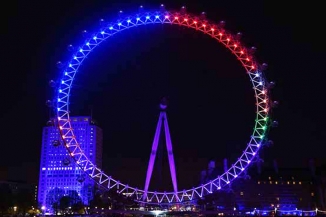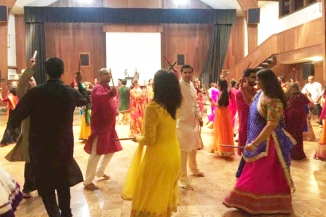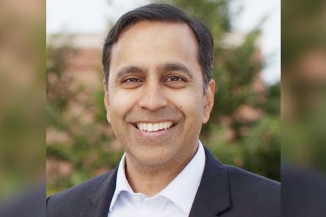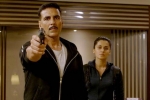Indian-origin, MIT researcher Gets Award For Contribution To Radio Waves
September 15, 2016 15:25
India-born researcher at Massachusetts Institute of Technology (MIT), Dinesh Bharadia has received the prestigious honor, a Young Scholar Award of the US-based Marconi Society for his contribution towards radio waves.
The Society, in a statement published on Wednesday said, “Bharadia has been chosen for the 2016 Paul Baron Young Scholar Award for his contribution to send and receive radio (wireless) signals, including mobile telephony and data on the same channel (wave).”
“Bharadia's research disproved a long-held assumption that it is not possible for a radio to receive and transmit on the same frequency band because of the interference that results,” the statement further reads.
38- year-old Bharadia, who has a doctorate from Stanford University and an alumnus of the Indian Institute of Technology (IIT), Kanpur in Uttar Pradesh, belongs to Ichalkaranji in Kolhapur district of Maharashtra.
The Marconi Society, named upon the famous Nobel Laureate Guglielmo Marconi, who invented Radio and and set up by his daughter Gioia Marconi Braga through an endowment in 1974, awards outstanding individuals annually whose work and influence emulate the principle of ‘creativity in service to humanity’ that inspired Marconi.
The Marconi award, considered as equivalent to the Nobel Prize, includes $4,000 prize and expenses to attend its annual awards event. Bharadia will receive the honor at a ceremony in Mountain View, California on November 2.
Duplex Radio Technology, which has been developed by Bharadia, can be used in building novel wireless imaging that can enable driverless cars move in severe weather conditions and help blind people to navigate indoors.
Bharadia, in a statement, said, “Marconi invented the radio but couldn't solve the problem of duplexing. It's fitting that this work is recognized by the Society. This (technology) is needed as we have only a few towers; by deploying simple relay, we don't need to put in huge infrastructure for the cellular towers.”
By Prajakt K.






























